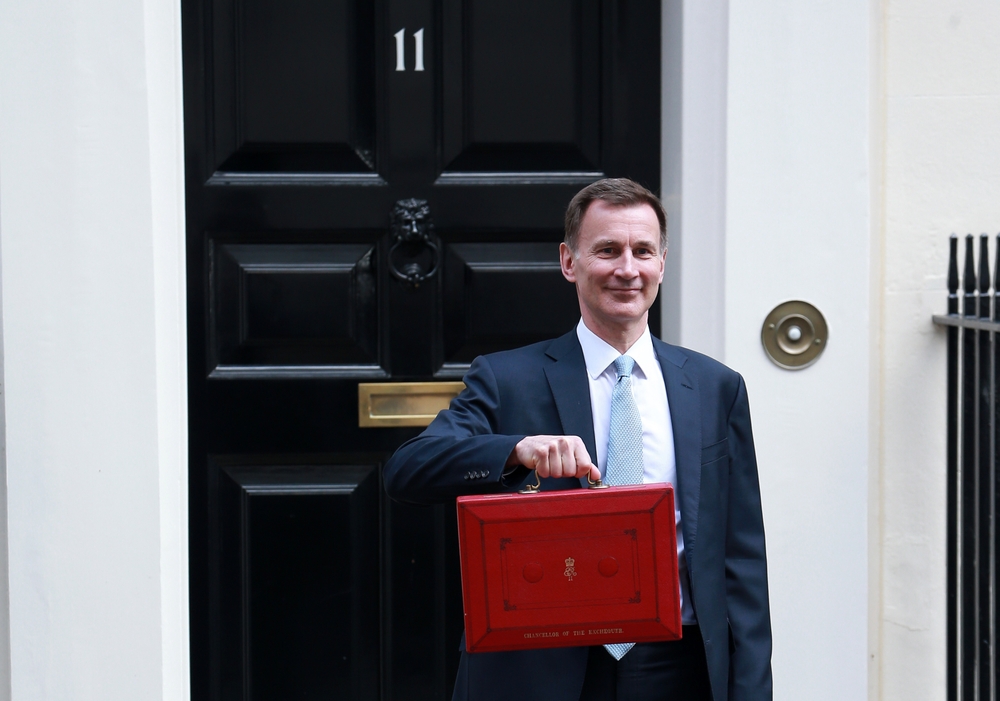Government’s failure to cut insurance premium tax (IPT) on private medical insurance (PMI) was a missed opportunity as HM Revenue & Customs tax receipts data indicate IPT collected reached a total of £1.5bn in February.
This is according to Cara Spinks, head of insurance consulting at actuarial consultancy OAC.
She was commenting on HMRC data showing the total IPT tax take collected through the first 11 months of the financial year hit £8.1bn – setting a record annual total with one month of receipts still to come.
The figures mark the third successive year that IPT has hauled in all-time high receipts, surpassing last year’s total of £7.3bn.
Additionally, the Office for Budget Responsibility (OBR) revealed it expects revenue from IPT to rise even higher than expected over the coming years compared to just four months ago, increasing its forecasted revenues by more than £370m between 2023-24 and 2028-29.
Spinks said: “With tax receipts still to be collected for one month of the financial year, IPT has nonetheless already exceeded all previous annual records.
“The bumper tax haul demonstrates both the importance of the tax to the Exchequer as well as the impact that rising insurance premiums are having on household budgets.
“Many will have felt the financial squeeze when renewing policies, which is adding to the increase in IPT receipts.
“It is disappointing therefore that, amid lengthening waiting times for NHS treatment, the chancellor did not take the opportunity in the Spring Budget to reduce the level of IPT for private medical insurance,” Spinks continued.
“Demand for PMI is increasing, evidenced by an all-time high level of private health admissions reported just last week by PHIN.
“A reduction for health insurance products such as PMI and health cash plans would have helped more employees get the healthcare they need to be productive at work, reduce absenteeism and increase productivity – all the while reducing the pressures on public health services.”
